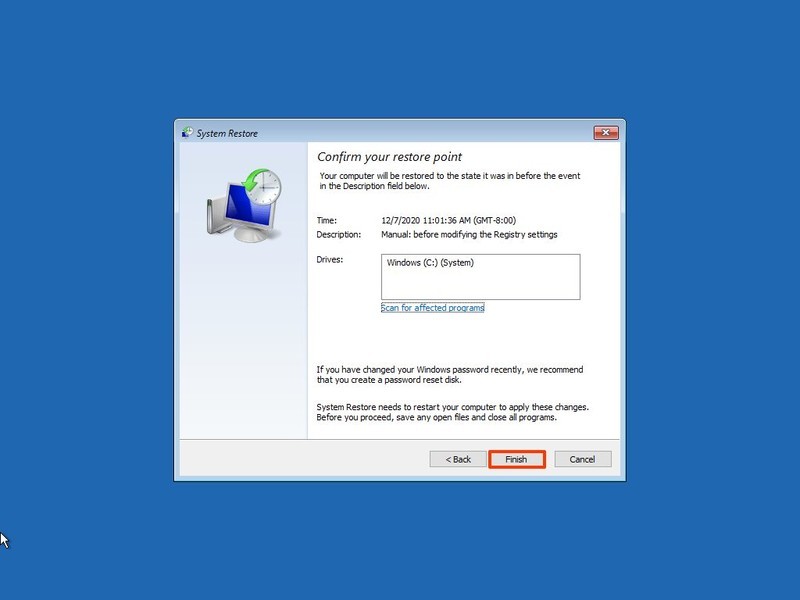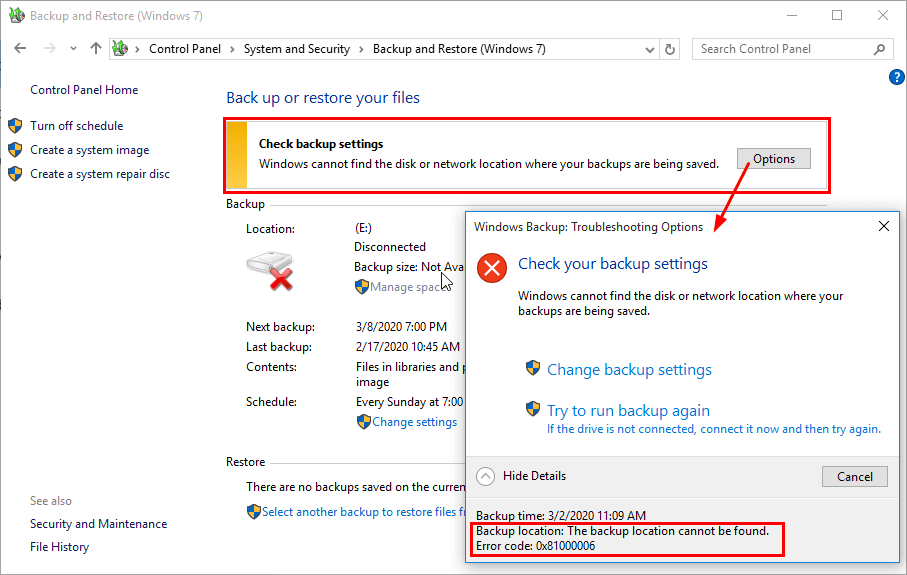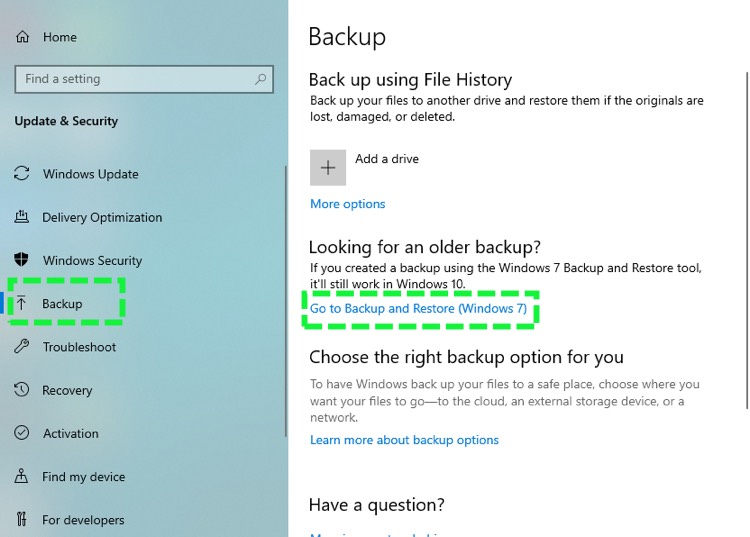

It protects that data by automating backup tasks, password protecting, and compressing it to save storage space. To access the available configuration options, click or tap the "More options" link, beneath the "Automatically back up my files" switch.FBackup is a free, lightweight, automated backup program that can effectively protect your important files and folders from being lost. There are many things that you can change about the way File History works. A typical run, after the first backup, takes no more than a few minutes to finish. Network storage tends to be even slower than local storage.Īfter the first complete run, File History is a lot faster because it backs up only new and changed files. The slower the drive, the longer the backup process. It also matters whether the storage drive is an SSD or hard-disk drive.

If you use a USB 2.0 port instead of USB 3 port, the transfer speed is much lower.

If you do not change its default configuration, File History automatically backs up all your user libraries (both default libraries and custom libraries that you created), the Desktop, your Contacts, Microsoft Edge favorites and, finally, OneDrive. What data does File History back up and how long does it take to perform a backup? In the Settings app, go to Update & Security. After you connect the storage device that you want to use, open the Settings app (a quick way is to press the Windows + I keys at the same time). You may also map a network drive so that you can use it to backup your data with File History. How to turn File History on, in Windows 10īefore turning File History on, make sure that you connect an external hard drive to your Windows 10 computer or device.



 0 kommentar(er)
0 kommentar(er)
